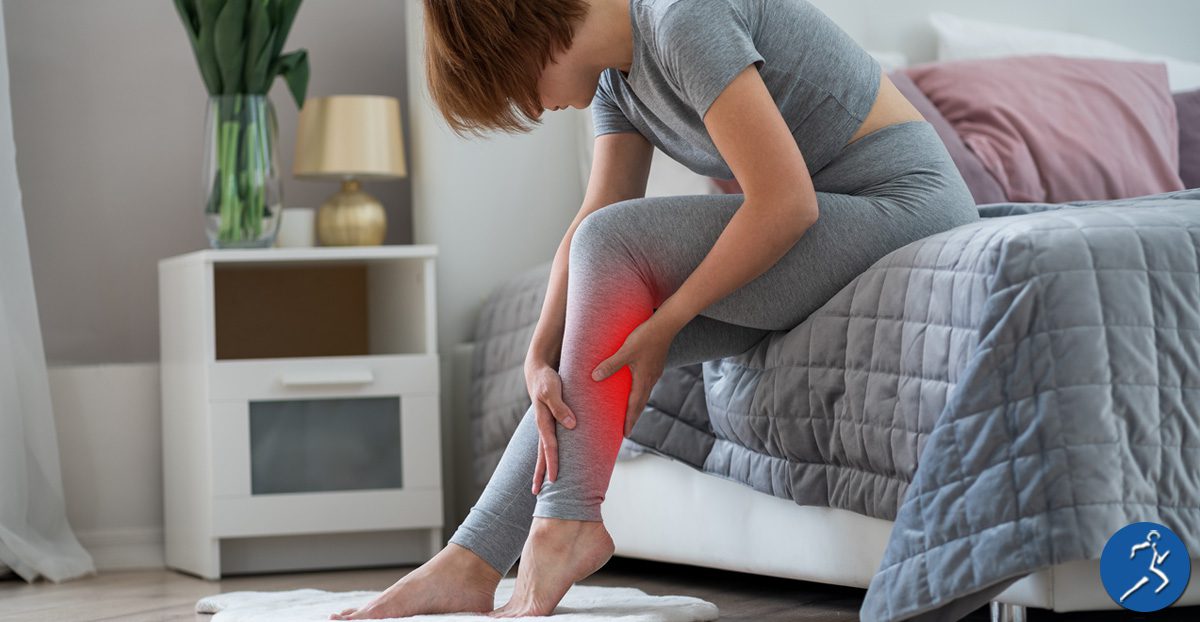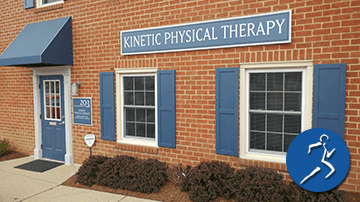 Have you ever been walking, and suddenly a muscle in your leg tightens up, and you feel a sharp pain? The muscle feels hard to the touch compared to other relaxed muscles. This is a muscle spasm.
Have you ever been walking, and suddenly a muscle in your leg tightens up, and you feel a sharp pain? The muscle feels hard to the touch compared to other relaxed muscles. This is a muscle spasm.
Also known as muscle cramps, you experience pain when a muscle involuntarily contracts or tightens.
While they can occur anywhere in the body, muscle spasms are most common in the legs, feet, back, arms, and hands. Various factors can cause them, including dehydration, overuse of muscle, lack of nutrients in your body, or increased blood flow demand.
Muscle spasms can range in intensity from annoying to downright painful. Fortunately, you can treat muscle spasms in several ways and prevent them from becoming a reoccurring source of pain.
Physical Therapy
Physical therapy plays a vital role in the treatment of muscle spasms. A skilled physical therapist at Kinetic Physical Therapy will assess your condition and develop a personalized plan to target the underlying causes of your muscle spasms.
We use various techniques, such as joint mobilization, stretching exercises, and strengthening exercises, to ease muscle spasms. Our methods aim to improve flexibility, promote proper alignment, and restore muscle balance.
Exercise
Regular exercise is essential for maintaining overall muscle health and preventing spasms. Low-impact exercises like swimming, walking, or cycling can enhance blood circulation.
Exercises focusing on strengthening the core, such as Pilates or yoga, help stabilize your muscles, reducing the risk of spasms. Always remember it’s important to start slowly when beginning any exercise regimen.
Hydration
Dehydration can be a significant contributing factor to muscle spasms. Adequate hydration is crucial for maintaining the balance of electrolytes and minerals in your body, which supports proper muscle function.
Make it a habit to drink plenty of water throughout the day, especially during physical activity or in hot weather. Staying adequately hydrated will replenish the essential minerals lost through sweating.
Ice or Heat
Applying ice or heat can help reduce muscle pain and inflammation.
Ice packs or cold compresses are effective for acute muscle spasms, as they help numb the area and reduce swelling. On the other hand, heat therapy, through warm compresses or hot baths, helps relax tense muscles and improves blood flow. Experiment with both treatments to determine which works best for you.
Proper Diet
Sometimes muscle spasms strike because of a lack of nutrients in your diet. Muscle cramps can happen because of an electrolyte imbalance.
Sodium, calcium, magnesium, and potassium should always be prevalent in your nutrient intake. Dark, leafy greens are a food that contains almost all these needed nutrients.
Stretching
Gentle stretching routines can help lengthen tight muscles, improve flexibility, and relieve muscle tension. Focus on stretching the muscles prone to spasms, paying particular attention to areas like the back and legs.
It’s important to perform stretches correctly to avoid injury. Incorporating stretching into your daily routine, especially before and after physical activity, can go a long way in preventing muscle spasms.
Find Relief at Kinetic PT
If you have frequent or lengthy muscle spasms, Kinetic Physical Therapy can help. We will create an individualized therapy program for you after a thorough evaluation. You can be sure to find relief with our physical therapy services. Please call us at 410-849-6647 to schedule a consultation.


